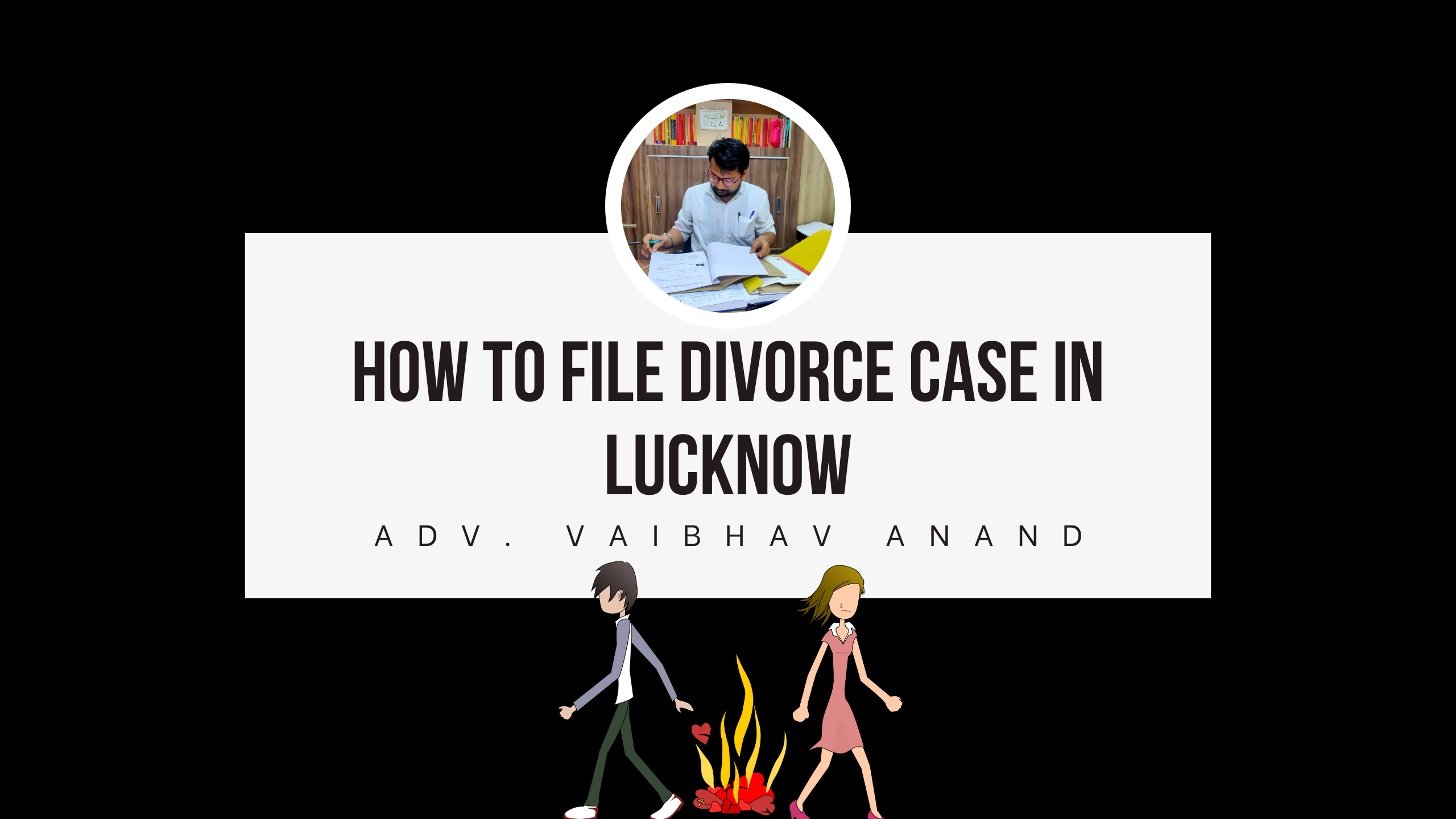M Siddiq (D) Thr Lrs v. Mahant Suresh Das & Ors: Case Summary
M Siddiq (D) Thr Lrs v. Mahant Suresh Das & Ors (Civil Appeal Nos 10866-10867 of 2010).
Facts of case
- The disputed land is situated in the village called Kot Rama Chandra which is popularly known as Ramkot in Ayodhya.
- At that site, there was an old mosque pre-existing until December 6th 1992.
- The Hindus claimed that on this disputed land, a temple of lord Ram existed which was obliterated by the Mughal Emperor Babur.
- However, the Muslims held the contention that the mosque was built on a vacant land by Babur.
- Consequently, this disputed land was acquired by the central government under the “Acquisition of Certain Area at Ayodhya Act 1993 (Ayodhya Acquisition Act 1993)”. Under this act, the provisions mentioned under section 4 prescribe that all the pendent issues yet to be decided upon in the court shall be abated.
- The President of India invoking the constitutional provisions under the article 143 made a reference to the court, questioning the existence of any Hindu religious structure prior to the construction of Babari Masjid and Ram Janam Bhoomi.
- Consequently, a writ petition has been moved to the Allahabad High Court contending the validity of the above mentioned act, which was heard along with the references made by the president in the case of Dr M Ismail Faruqui v. Union of India. The court held that the provision mentioned under the section 4 of the act which calls for abatement of all the pendent cases pertaining to the disputed land is unconstitutional.
- The court also directed the Archaeological Survey of India to investigate the site by applying Ground Penetrating Technology or Geo-Radiology (GPR) in order to reach an conclusive decision. Thereby, the ASI was instructed to evacuate the disputed site in order to hold the aforementioned scientific investigation.
- Additionally, a team/committee constituting of 14 members was created in order to execute the above mentioned plan.
- In 2010, the matters were heard again by the bench comprising of Justice S. U. Khan, Justice Sudhir Agarwal, and Justice D. V. Sharma while referring to various books and scriptures in Sanskrit, Urdu, Hindi and Persian. The bench observed that “We have no benefit of testifying the correctness of the contents of the said documents. In the absence of any one available to prove the contents of the said documents, in our view, the same cannot be relied and therefore, nothing turns out from the aforesaid documents either in favour or against any of the parties.” and the bench dismissed the plea filed for reconsidering the decision made in the Dr M Ismail Faruqui v. Union of India.
- In 2019, the apex court appointed a mediation panel comprising of Justice Fakkir Mohamed Ibrahim Kalifulla, Sri Sri Ravi Shankar; and Mr. Sriram Panchu, in order to explore a plausible solution to the issues raised in the appeal due to non-acceptance of the solution reached by this panel by the parties.
- These suits raised an important question, if the second plaintiff, who is Asthan Sri Ram Janam Bhumi be considered a juristic person?
Issues raised
- Whether any limitations will bar the suit three?
- Whether there exists any exclusive right to sue, which have been conferred up on Shebaits?
- Whether the filed suit five can be considered to be included within the limitation by basing it on the grounds that a deity is a eternal minor.
Judgement
The act of obliterating the mosque was followed by installing idols within the pulpit of the mosque by a group of 50-60 people. Breaching the status quo was an “egregious violation of the rule of law”. The path chosen by the high court was beyond the principle formulated, thereby, granting a form of relief which was neither included nor the subject matter of the prayer which highlighted the presumptions drawn by the high court assuming the civil court jurisdiction over a suit pertaining to partition.
The verdict highlighted the need to allot certain prescribed land to Muslims in order to balance the probability, as despite the evidence attested by Hindus is placed on the better footing in comparison to the evidence which has been adduced by the Muslims, nonetheless they still were dispossessed of the mosque which was destroyed. The court, therefore, exercised the power vested under the article 142 in order to provide a remedy for the wrongs committed, if not then justice will not prevail. The destruction of mosque rules against the very basis of a secular nation and runs against the rule of law. The bench stated that “Tolerance and mutual co-existence nourish the secular commitment of our nation and its people”. Providing restitution for the wronged party, in this case, the Muslim community is essential while determining who holds the right over the disputed land. “Value of a secular constitution lies in a tradition of equal deference”. Therefore, the bench ruled that “Having weighed the nature of the relief which should be granted to the Muslims, we direct that land admeasuring 5 acres be allotted to the Sunni Central Waqf Board either by the Central Government out of the acquired land or by the Government of Uttar Pradesh within the city of Ayodhya”. the court further states that the central government “shall, within a period of three months from the date of this judgment, formulate a scheme pursuant to the powers vested in it under Sections 6 and 7 of the Acquisition of Certain Area at Ayodhya Act 1993”. Making sure that the scheme mentioned above includes “setting up of a trust with a Board of Trustees or any other appropriate body under Section 6.” Further, the scheme shall include “necessary provisions in regard to the functioning of the trust or body including on matters relating to the management of the trust, the powers of the trustees including the construction of a temple and all necessary, incidental and supplemental matters”.






